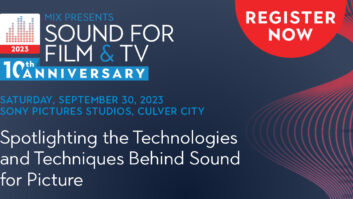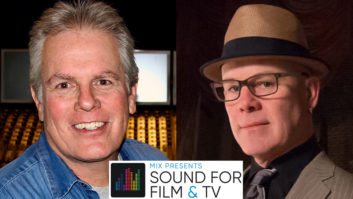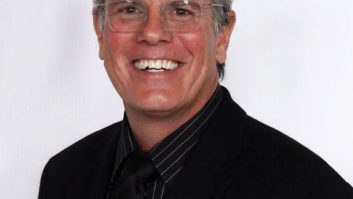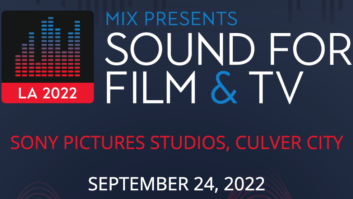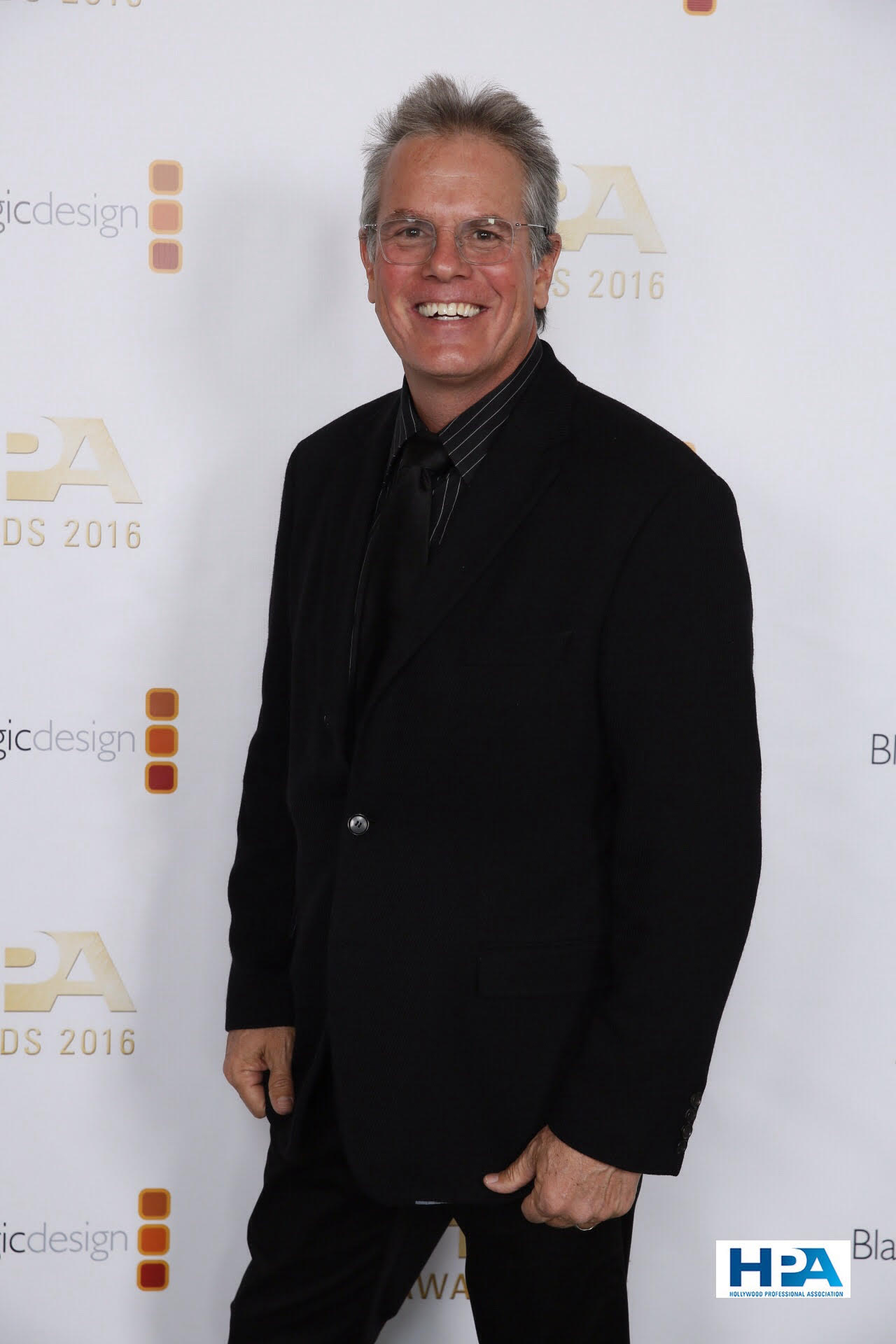
Wylie Stateman is a sound designer and post production media entrepreneur. He has supervised more than 150 sound projects, and his work has been recognized in the industry with over 40 nominations spanning every decade of his 40-year career. His industry recognitions include eight Oscar nominations, six BAFTA nominations, two Emmy nominations and 30-plus MPSE Golden Reel nominations. In 1994 he received, with Lon Bender and Kim Waugh, an Academy Scientific and Technical Award for an innovation that contributed to the advancement of digital audio post-production workflows.
Stateman has worked extensively with every major studio in Hollywood, along with some of the most prolific writer/directors in the motion picture and television industries. His creative sound work has included multiple collaborations with Oliver Stone, John Hughes, Quentin Tarantino, Wolfgang Petersen, Cameron Crowe, Scott Frank and Rob Marshall, among others.
More on Mix Sound for Film & TV: Composer Tyler Bates Can’t Sit Still | Mix Sound for Film & TV Expert Panel Series | Click HERE to Register
Stateman was a co-founder of the post production sound services company Soundelux, where he served in a senior executive management capacity involved in overall operations. He also served as chairman for the Soundelux Entertainment Group, a holding company that oversaw 11 entities, including The Hollywood Edge (sound effects libraries), Modern Music (music editorial for feature films and television), DMG (computer game design) and Mind’s Eye/Jabberwocky (books on tape), as well as Soundelux Systems and Showorks (both focused on location-based entertainment and show control). A few years ago, Stateman established 247SND, centered around a Dolby Atmos design studio, in Topanga.
His most recent work, Once Upon a Time In Hollywood, is Wylie’s seventh collaboration with Quentin Tarantino. During this project, he and his team applied a rapid prototyping process, an approach that they have been refining over the past five years. By continually incorporating new and refined sound design, dialog and music elements directly into the Avid track, Stateman and his crew enable the editor and director to take sound contributions into consideration throughout the editorial assembly process. Always in service to the director’s needs and vision, the process makes it easier to approve sonic elements in progressive stages, rather than forcing all of the decisions into the final weeks of post.
Stateman sees the rapid prototyping of sound as part of a bigger transition in sound editorial, where there are no longer predefined boundaries between the crafts. New technologies are turning upside-down the traditional sound editing and final mixing processes in content creation. In addition, artists working with the latest audio technologies around the world are publishing an enormous quantity of high-quality, multichannel recordings, which is changing how designers source materials to create new works.
Post-production sound now offers global collaborative possibilities, greater mobility and many opportunities to improve efficiency. Recently, Stateman has been pursuing new entrepreneurial endeavors toward these ends.
